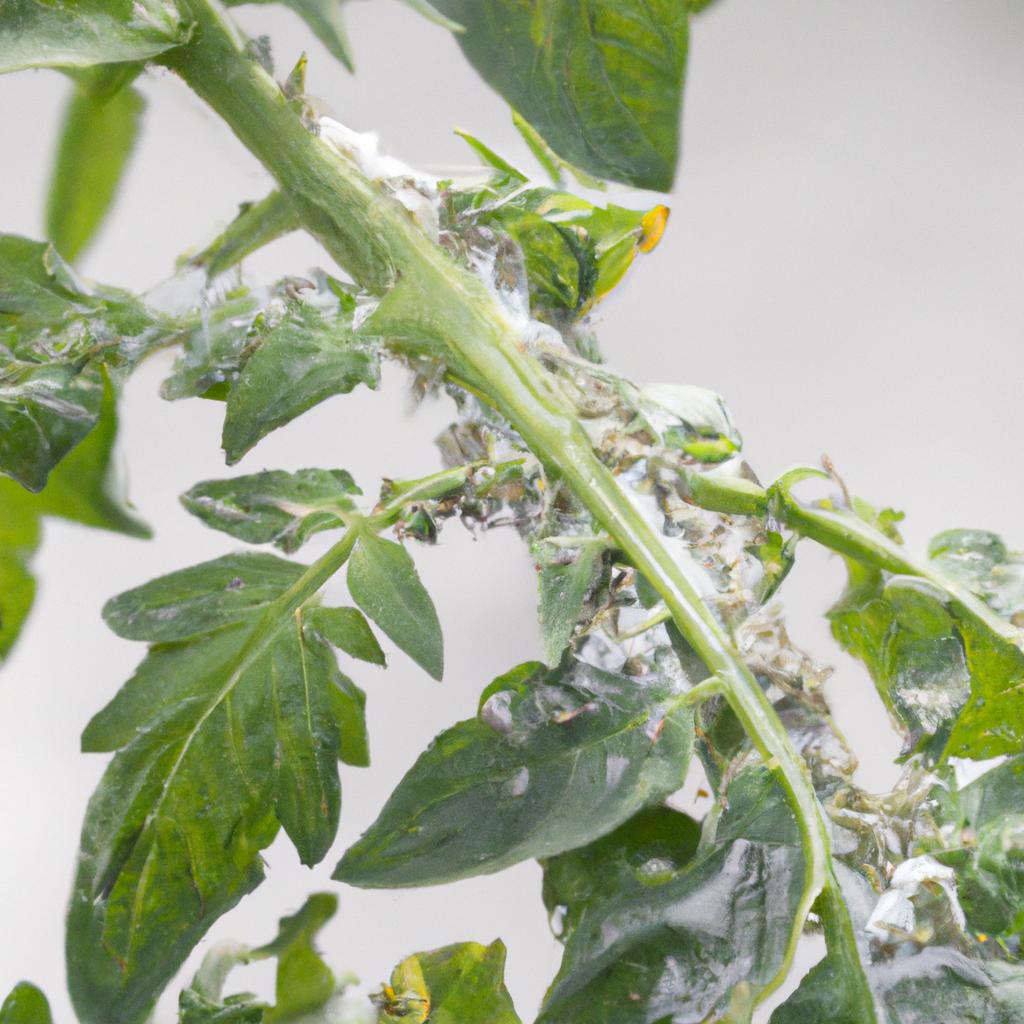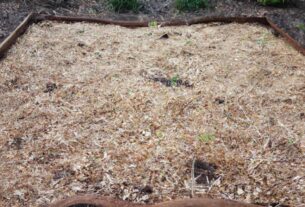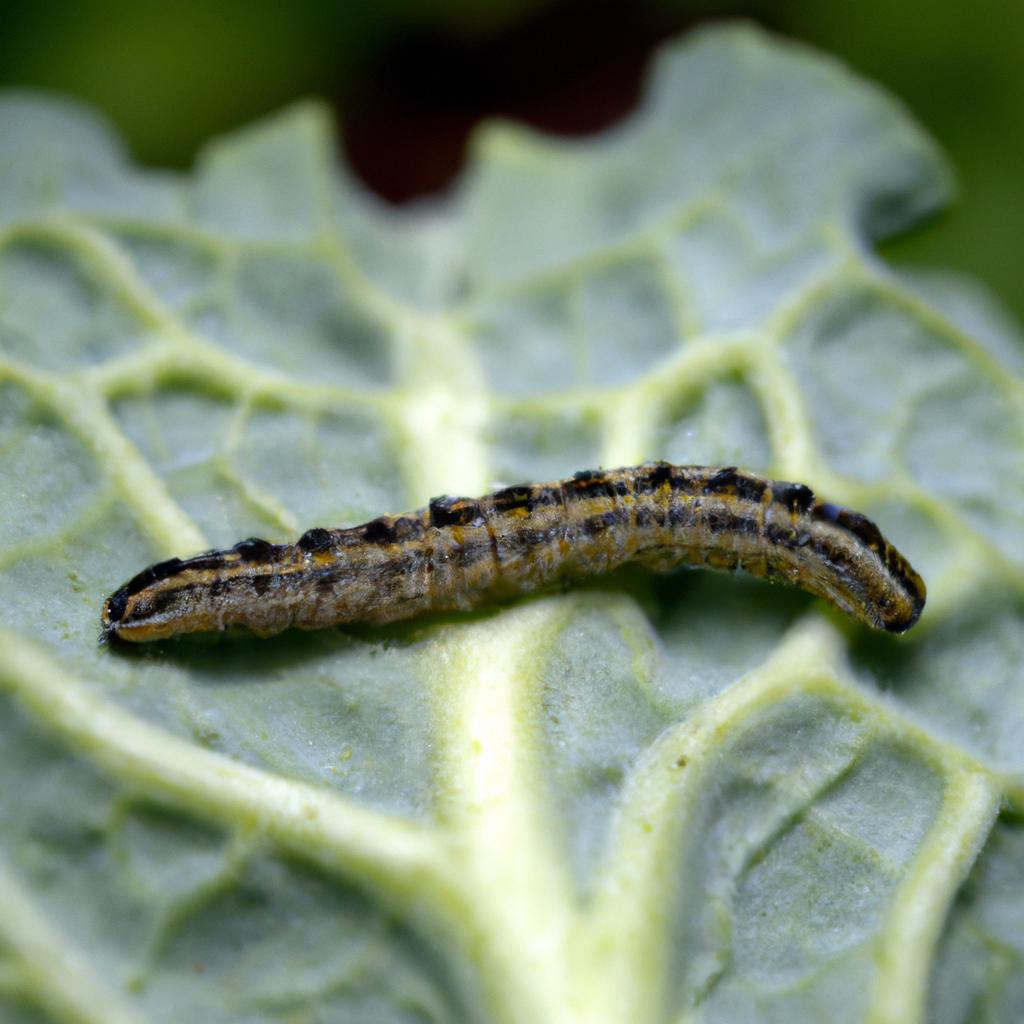
As a gardener, you’re well aware that insects are a vital part of your garden’s ecosystem. Some insects are helpful allies, pollinating your plants and eliminating harmful pests. Unfortunately, others can wreak havoc, munching away at your beloved greens or spreading disease. In this article, we’ll delve into the fascinating world of garden insects, learning how to identify them and exploring effective control measures to safeguard your precious plants.
Understanding Garden Insects
Garden insects are tiny creatures that reside in your garden, nourishing themselves with your plants and playing a crucial role in the delicate balance of nature. Differentiating between helpful and harmful insects can be challenging, making proper identification a vital skill for any gardener.
Common Garden Insects
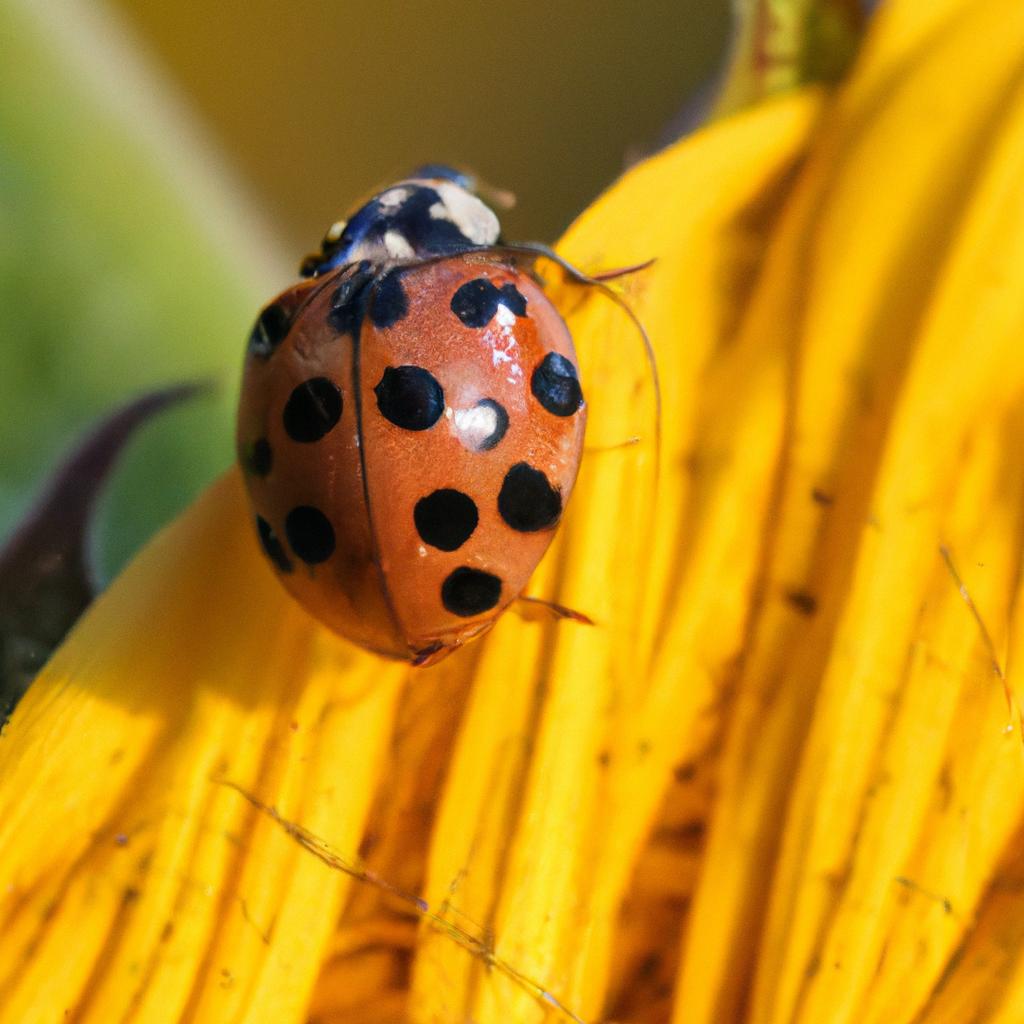
Insects represent one of the most populous animal groups on Earth, inhabiting a diverse range of environments. In your garden, you’re bound to encounter a few common insect species.
Aphids
Aphids are small, pear-shaped insects that survive by feeding on plant sap. If left unchecked, they can rapidly multiply and cause substantial damage to your garden. Look out for sticky residue on plant leaves and stems, distorted growth, and yellowing leaves as telltale signs of an aphid infestation.
Caterpillars
Caterpillars, the larvae of butterflies and moths, can be found munching on leaves with gusto. While some caterpillars are harmless, others, like the tomato hornworm, can wreak havoc on your plants. Keep an eye out for ragged leaves and holes in your foliage as indicators of a caterpillar invasion.
Let’s explore the world of beneficial and harmful garden insects in the following sections.
Beneficial Garden Insects
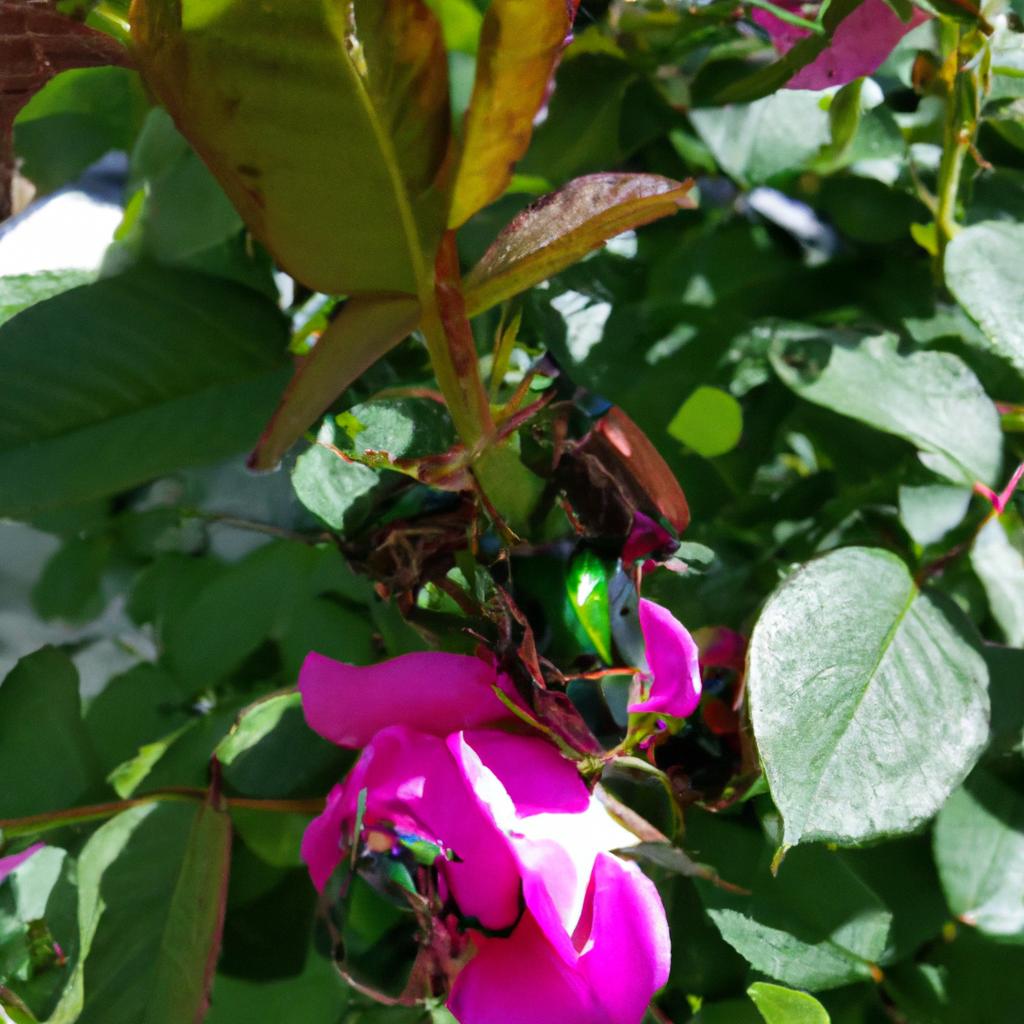
Not all insects in your garden are foes. Some are actually your allies, helping control harmful pests and aiding in pollination.
Ladybugs
Ladybugs are a beloved beneficial insect in many gardens. They feast on aphids, mites, and other harmful insects, safeguarding your plants. To attract ladybugs to your garden, consider planting their favorite flowers, such as daisies and marigolds.
Praying Mantis
Praying mantises are another invaluable asset in the fight against harmful pests. With their distinctive front legs, they snatch prey with ease. Offering them a sheltered habitat, like tall grass or a small box, will entice these helpful insects to take up residence in your garden.
Lacewings
Lacewings, delicate-looking insects, can contribute significantly to your garden’s health. They devour aphids, mealybugs, and other small pests that can damage your plants. Planting their preferred flowers, such as dandelions and goldenrod, will attract these beneficial insects to your garden.
Bees
Bees are essential pollinators, ensuring your plants produce fruit and seeds by transferring pollen from one flower to another. Attract these buzzing helpers to your garden by planting their favorite flowers, such as lavender and sunflowers.
Harmful Garden Insects
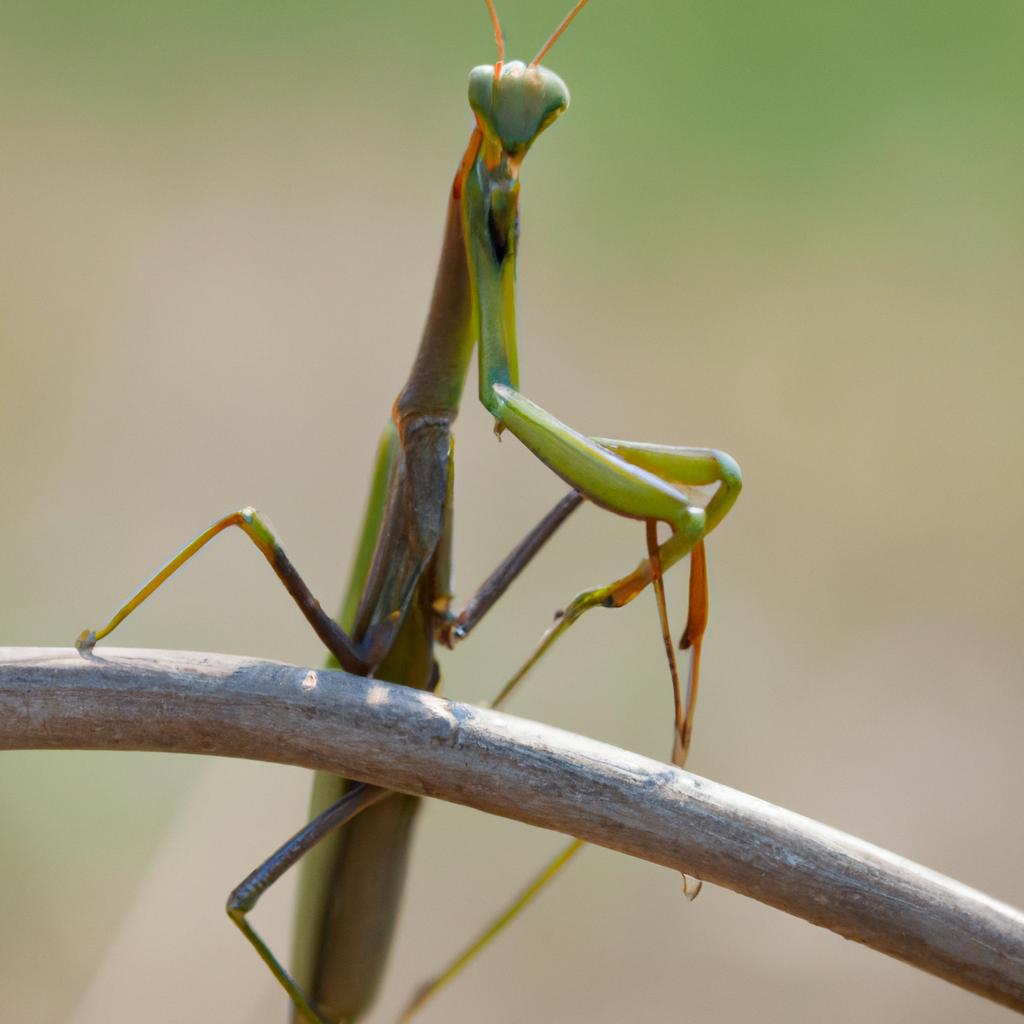
Unfortunately, some insects can cause significant damage to your garden and plants. It’s crucial to identify these pests and take appropriate action.
Japanese Beetles
Japanese beetles are notorious pests that feast on plant leaves, defoliating them in no time. Be on the lookout for skeletonized leaves and damaged flowers, indicating a Japanese beetle infestation.
Squash Bugs
Squash bugs, common in vegetable gardens, feed on squash plants’ leaves and stems, jeopardizing your crop. Be vigilant for signs of wilting leaves and a sticky residue on your plants, indicating a squash bug infestation.
Spider Mites
Spider mites, almost invisible to the naked eye, suck the sap out of plants, causing yellowing and death. Look for webbing on your plants and tiny dots on the leaves as signs of a spider mite infestation.
Whiteflies
Whiteflies, small white insects found on leaf undersides, feed on plant sap, resulting in yellowing and decline. Sticky residue on your plants and distorted growth are signs of a whitefly issue.
Now, let’s explore natural methods for controlling garden insects.
Natural Methods for Controlling Garden Insects
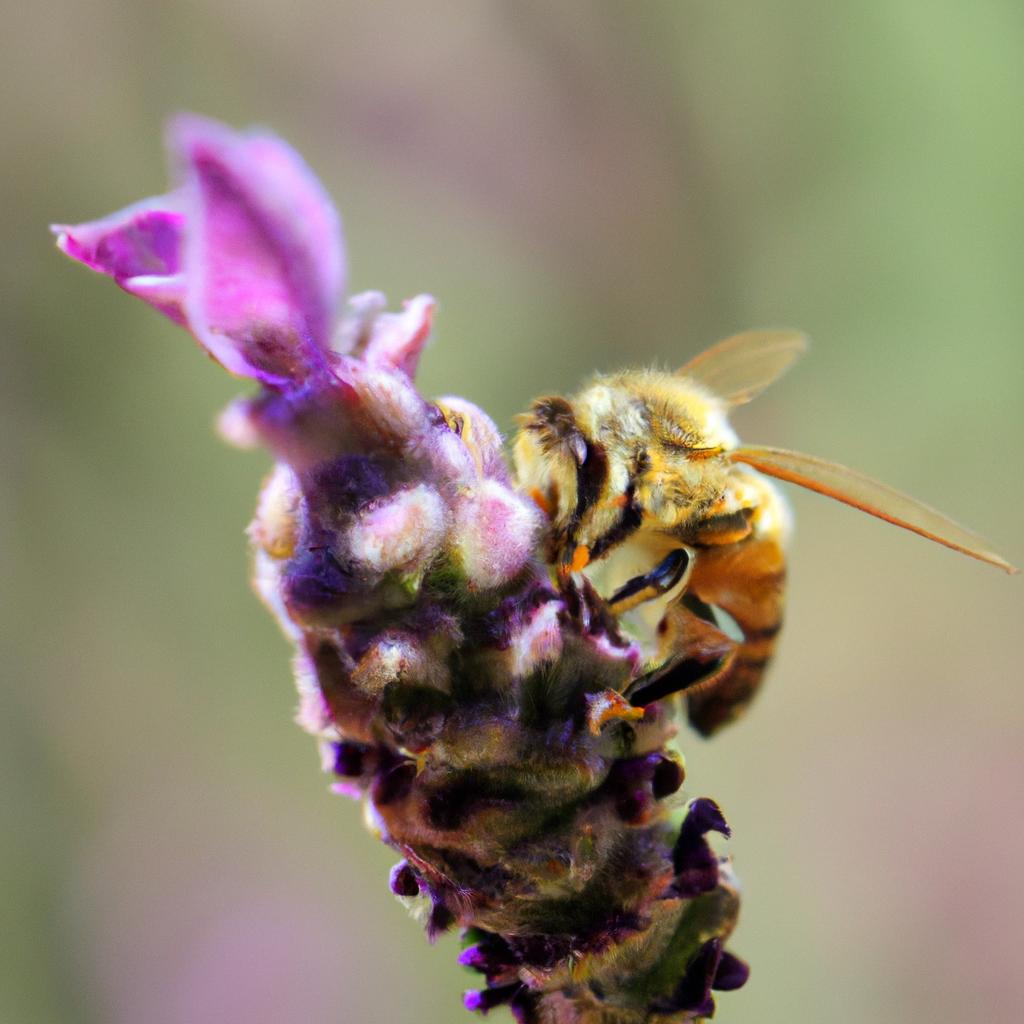
While pesticides can be effective, they can also harm beneficial insects, wildlife, and the environment. Here are some natural methods for controlling garden insects:
Companion Planting
Companion planting involves strategically planting certain species together to create a mutually beneficial relationship. For instance, marigolds planted alongside your vegetables can repel harmful insects like nematodes while attracting beneficial ones like ladybugs.
Physical Barriers
Use physical barriers like row covers to shield your plants from pests like caterpillars and beetles. Sticky traps can help catch flying insects like aphids and whiteflies.
Beneficial Insects
Introducing beneficial insects, such as ladybugs, praying mantises, and lacewings, into your garden can help control harmful pests. These insects prey on aphids and caterpillars, naturally reducing their populations.
Homemade Insecticides
Create your own insecticides using natural ingredients like garlic, hot peppers, and neem oil. These remedies can effectively combat harmful insects without harming beneficial ones or the environment.
Conclusion
Garden insects are indispensable players in the intricate web of your garden’s ecosystem. Striking a balance between harmful and beneficial insects is key. By accurately identifying common garden insects and implementing natural control methods like companion planting, physical barriers, beneficial insects, and homemade insecticides, you can protect your garden’s health and ensure its flourishing beauty. Explore these natural approaches to keep your garden thriving.
ToLacks – Visit TooLacks
